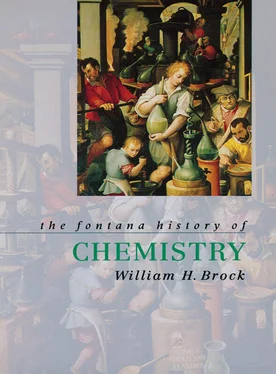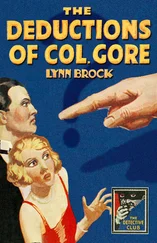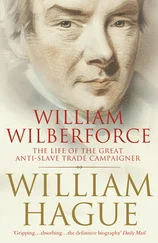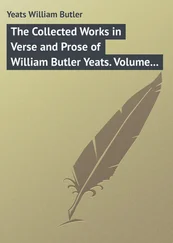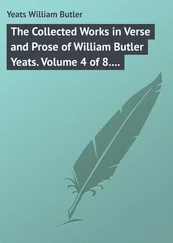During the English Civil War, Oxford was a Royalist stronghold. King Charles’ physician, William Harvey, who had demonstrated the circulation of the blood in 1628, was Warden of Wadham College, where he stimulated the development of co-operative investigations of physiology. The arrival of Boyle in Oxford in the 1650s further encouraged an interest in chemical questions among this community of undergraduates and Royalist exiles from London, including Richard Lower, John Mayow, John Wallis, John Wilkins and Christopher Wren. In 1659 Boyle hired an Alsatian immigrant, Peter Stahl, to teach chemistry publicly in Oxford. Those who were particularly interested in solving some of Harvey’s unanswered puzzles, including what happened to blood in the lungs or what was the origin of the blood’s warmth, took Stahl’s courses in the hope of finding chemical solutions. Among Boyle’s assistants at this time were Hooke and Mayow.
In the Micrographia (1665), a pioneering treatise on microscopy and many other subjects, Hooke developed a theory of combustion that owed something to the two-element acid-alkali theory of Sylvius, and even more to a widely known contemporary meteorological theory that was based upon a gunpowder analogy. According to this ‘nitro-aerial’ theory, thunder and lightning were likened to the explosion and flashing of gunpowder, whose active ingredients were known to be sulphur and nitre. By analogy, therefore, a violent storm was explained as a reaction between sulphureous and nitrous particles in the air. Since it was also known that nitre lowered the temperature of water and fertilized crops, it could be argued that the nitrous particles of air were probably responsible for snow and hail and for the vitality of vegetables. Such ideas can be traced back to Paracelsus and to alchemical writers such as Michael Sendivogius.
Hooke laid out his version of this theory in the form of a dozen propositions. He assumed that air was a ‘universal dissolvent’ of sulphureous bodies because it contained a substance ‘that is like, if not the very same, with that which is fixt in saltpetre’. During the solution process a great deal of warmth and fire was produced; at the same time, the dissolved sulphureous matter was ‘turn’d into the air, and made to fly up and down with it’.
The nitro-aerial theory received its fullest development in the writings of the Cornish Cartesian physician, John Mayow (1641–79) in Five Medico-Physical Treatises published in 1674. How much of his work was mere summary of the ideas of Boyle, Hooke and the Oxford physician, Richard Lower, has been the subject of dispute. Even if his work was syncretic, it was of very considerable interest and influence. Mayow used the theory to explain a very wide range of phenomena, including respiration, the heat and flames of combustion, calcination, deliquescence, animal heat, the scarlet colour of arterial blood and, once more, meteorological events. He showed that, when a candle burned in an inverted cupping glass submerged in water, it consumed the nitrous part of the air, which thereupon lost its elasticity, causing the water to rise. The same thing happened when a mouse replaced the candle.
Hence it is manifest that air is deprived of its elastic force by the breathing of animals very much in the same way as by the burning of flame.
Calcination involved the mechanical addition of nitro-aerial particles to a metal, which, as he knew from some of Boyle’s findings, brought about an increase of weight – an explanation also propagated by Mayow’s obscure French contemporary, Jean Rey. This explanation seemed confirmed by the fact that antimony produced the same calx when it was heated in air as when it was dissolved in nitric acid and heated.
Early historians of chemistry liked to find a close resemblance between Mayow’s explanation and the later oxygen theory of calcination. But it is only the transference properties that are similar. Quite apart from different theoretical entities being used in the two theories, we must note that Mayow’s theory was a mechanical, not chemical, theory of combustion. A more serious historiographical point is that Mayow’s theory essentially marked a return to a dualistic world of principles and occult powers. Sulphur and nitre now replaced the tria prima of Paracelsus.
Nitro-aerial spirit and sulphur are engaged in perpetual hostilities with each other, and indeed from their mutual struggles they meet, and from their diverse states when they succomb by turns, all changes of things seem to arise.
Neither Boyle nor Hooke appears to have referred to Mayow’s work in their writings. In any case, Boyle was sceptical of the ‘plenty and quality of the nitre in the air’.
For I have not found that those that build so much upon this volatile nitre, have made out by any competent experiment, that there is such a volatile nitre abounding in the air. For having often dealt with saltpetre in the fire, I do not find it easy to be raised by a gentle heat; and when by a stronger fire we distil it in closed vessels, it is plain, that what the chemists call the spirit of nitre (nitric oxide), has quite differing properties from crude nitre, and from those that are ascribed to the volatile nitre of the air; these spirits being so far from being refreshing to the nature of animals that they are exceeding corrosive.
Despite the speculative character of the nitro-aerial theory, there is much to admire concerning Mayow’s experimental ingenuity. Although he did not develop the pneumatic trough, he devised a method for capturing the ‘wild spirits’ that Helmont had found so elusive by arranging for pieces of iron to be lowered into nitric acid inside the inverted cupping glass. As we can see, however, the results were inevitably baffling to Mayow, for although the water level in the cup eventually rose (as the nitro-aerial theory predicted), it was initially depressed. (Insoluble hydrogen would have been the first product of this displacement reaction; secondary reactions would have then produced soluble nitrogen dioxide.)
Newton’s interest in chemistry was life-long and reputedly aroused when, as a schoolboy at Grantham Grammar School, he lodged with an apothecary. He wrote only one overtly chemical paper, but important and influential chemical statements are to be found in the Principia Mathematica (1687) and the Opticks (1704). As mentioned in Chapter 1, there also exist in manuscript thousands of pages of chemical and alchemical notes, much of them identifiable as transcriptions from contemporary printed or manuscript works. Newton seems to have been interested in both exoteric and esoteric alchemy, that is, his interest extended beyond the empirical and experimental information that might be gleaned from alchemical texts to the ‘mysteries’ and secrets that were imparted in metaphor and allegory.
Newton was principally influenced by Helmont and Boyle; he also found the nitro-aerial theory attractive as a sustaining principle reminiscent of Helmont’s blas.
I suspect, moreover, that it is chiefly from the comets that spirit comes, which is indeed the smallest but the most subtle and useful part of the air, and so much required to sustain the life of all things with us.
And in the Principia Newton more than hinted that all matter took its origin in water.
The vapours which arise from the sun, the fixed stars, and the tails of comets, may meet at last with, and fall into, the atmospheres of the planets by their gravity, and there be condensed and turned into water and humid spirits; and from thence, by a slow heat, pass gradually into the form of salts, and sulphurs, and tinctures, and mud, and clay, and sand, and stones, and coral, and other terrestrial substances.
Читать дальше
